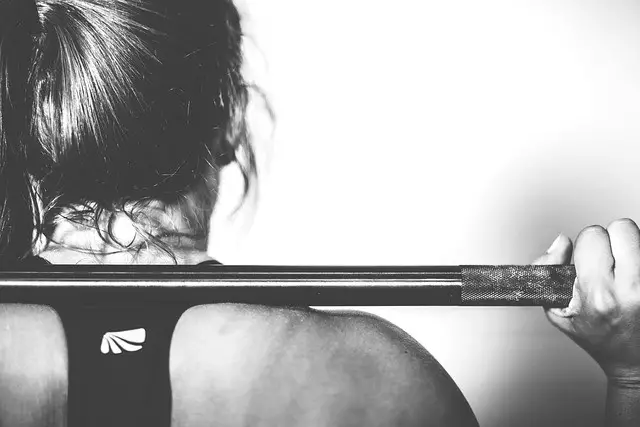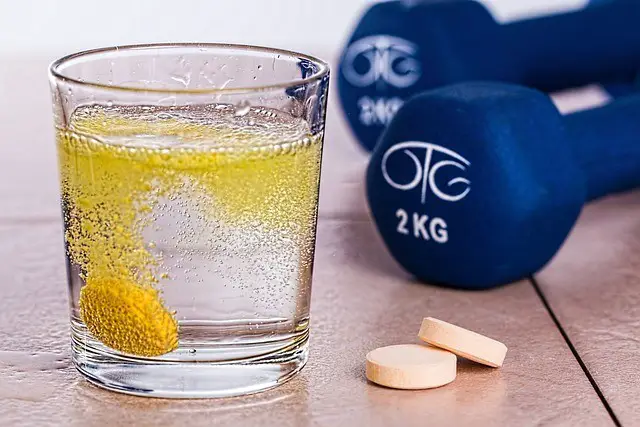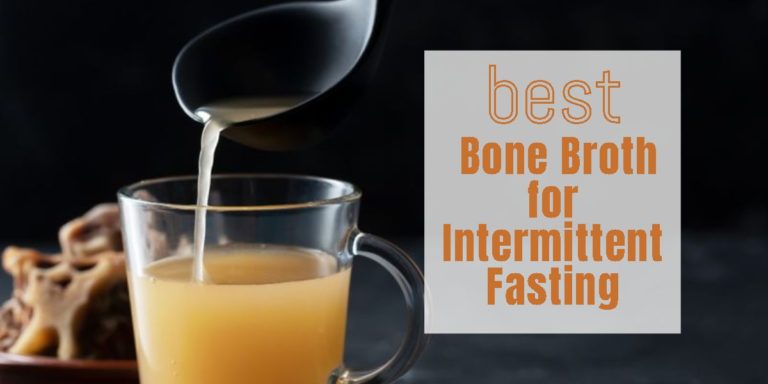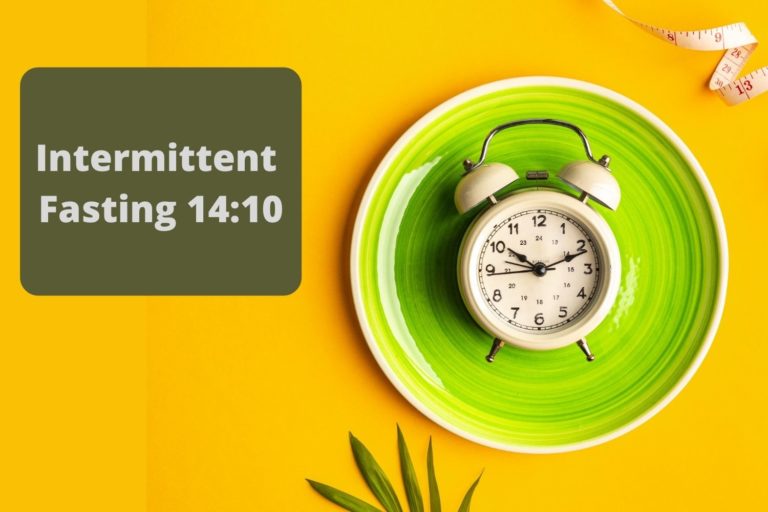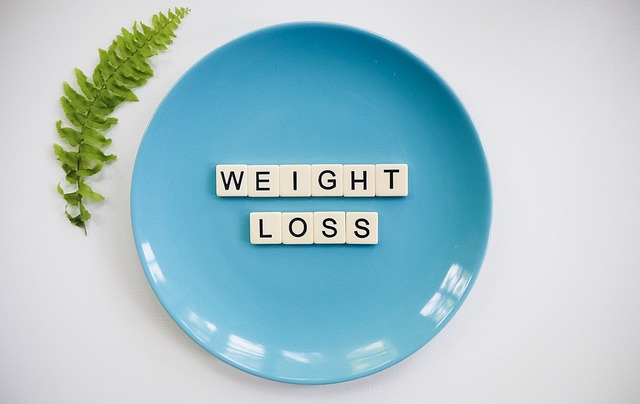There’s a lot of information out there on how to lose weight, some healthy and others not so healthy. Two of the most common methods of achieving weight loss are exercise and intermittent fasting. But recently, most people are focusing on how to exercise safely while intermittent fasting.
With all the information out here, how will you know which is the safest way to exercise while intermittent fasting? This is why we’re here today! Use this as a guide to starting an intermittent fasting workout plan.
The Ultimate Guide to Intermittent Fasting

Intermittent fasting is a type of dieting that focuses on when you eat. You will be eating food in a specific pattern, following the “feast restrict” system. In simple terms, you will eat food during your eating window and restrict intake during the fasting period.
The types of intermittent fasting include:
- 12-hour fast: The fasting period here lasts for 12 hours. This is the least restrictive type of intermittent fasting because you can make your sleep time your fasting period.
- The 5:2 diet: Here, you will restrict calorie intake to 500 kcals a day for two days and consume food like you normally do for the remaining 5 days. This improves insulin sensitivity increasing weight loss.
- Alternate day fasting: On non-fasting days, you can feast, while on fasting days, your calorie intake is limited to 500 kcals a day.
- Eat-stop-eat fast: In this type of intermittent fasting, you can fast for 24 to 48 hours. You can do a juice cleanse, water fast, or fluid fast during your fasting period.
- The 16:8 diet: As the name suggests, you abstain from food for 16 hours and eat food within an eight-hour window.
- Warrior diet: For 20 hours of the day, you will be eating a small meal constituting of fruits and vegetables which creates a calorie deficit. At night, you have a four-hour eating window to consume as much food as you want.
Intermittent fasting alone may not be able to achieve significant weight loss. This is because of the replenishment of glucose during the eating window when you consume large amounts of food. With intermittent fasting, no foods are being restricted, so you can consume, a high-fat, high carbs or high-protein meal, whatever floats your boat!
A high-carb diet increases glucose levels kicking your body out of ketosis. The eating window introduces a high amount of sugar into the body, before you experience a significant amount of body fat loss, kicking you out of ketosis. If you don’t burn fat, losing weight is impossible.
What Are the Benefits of Intermittent Fasting?
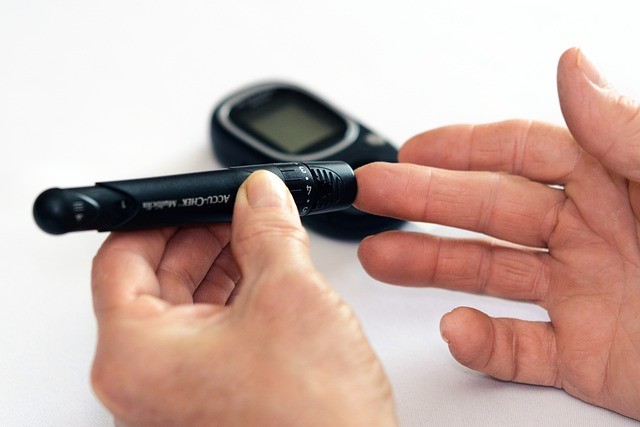
Numerous health benefits come from intermittent fasting, including:
- Regulating blood sugar levels in type 2 diabetes and impaired glucose metabolism
- Improving body composition and weight management
- Helps with improving lipid profile by reducing cholesterol levels and increasing fat burning.
- Helps lower blood pressure and promotes heart health.
- Reduces inflammation by reducing oxidative damage in the body.
Is It Safe to Work out While Intermittent Fasting?
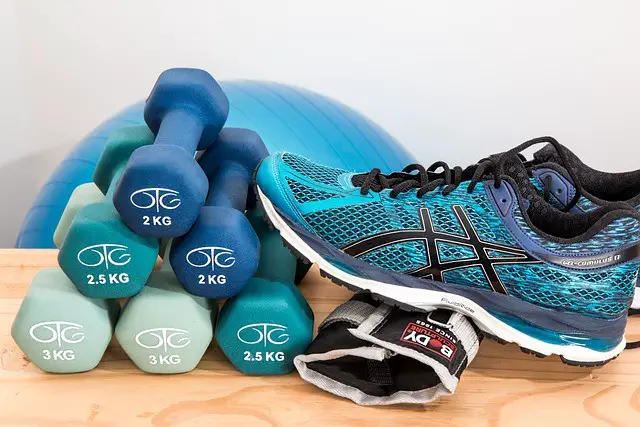
Jane at work is on the 5:2 diet and has come up with an intermittent fasting workout plan that is working wonders in helping her lose weight. You want to join the club and start combining intermittent fasting with exercise safely. However, one question lives rent-free in your mind, is it safe to work out while intermittent fasting? Yes, it is!
Fasting promotes weight loss by reducing calorie intake, creating a calorie deficit in the body. Exercise helps build muscle mass. So, when you combine both, you enjoy the health benefits of both worlds.
Keep in mind, how you do your intermittent fasting workout is what makes it safe. Eating healthy foods pre and post-workout, during your feeding window is key. Pairing the right intermittent fasting diet with low-intensity workouts will increase the safety of this perfect match.
Factors like age, gender, lifestyle, and health problems also contribute to the safety of exercising on an intermittent fasting diet. Ensure you seek professional help before incorporating an exercise plan on IF.
What Are the Pros of an Intermittent Fasting Work Out?
This is why you should exercise when intermittent fasting:
Increase Burning of More Body Fat
A study on the effects of time-restricted feeding and concurrent exercise training on body weight and fat mass shows reduced body weight in overweight and obese adults. Reduction of total body mass was attributed to fat loss and maintenance of muscle mass. The was an increase in lean mass since working out burns fat from fat stores instead of muscle protein.
Autophagy
When you combine intermittent fasting and exercise, you are promoting autophagy, which is the regeneration of new healthier cells from old, damaged ones. This helps with detoxification and reversing the aging process of the body.
Reduces Insulin Resistance
A review of a case report on the effects of intermittent fasting, caloric restriction, and exercise on gestational diabetes reported an increase in insulin sensitivity in patients. Improvement in insulin resistance is associated with weight loss, reduced psychological stress, and glucose metabolism.
Reverses Aging Process
If you want to look a few years younger, then combining an intermittent fasting diet and a workout schedule is the way to go. Exercising on IF can help slow down aging by keeping cells healthy through the reduction in cell inflammation.
Increased Production of Growth Hormones
A study on the effect of intermittent fasting on human growth hormone showed that human growth hormones increased after two days of fasting by five folds. Human growth hormones are important in cell production and regeneration and growth.
Exercise also affects the production of growth hormone in the body. Working out increases the production of endogenous growth hormone in obese individuals having beneficial effects on body fat, muscle mass, and lean tissue mass.
There are cons to exercising while on an intermittent fasting plan.
Negative Effects of Exercising When Fasting
Before you consider the fasted cardio lifestyle, here are a few things to keep in mind:
Hypoglycemia
Increased insulin sensitivity can be good and bad. Low blood glucose levels due to inadequate calorie intake and high uptake of glucose due to increased insulin sensitivity can create a gap between supply and demand. This deficit could cause low blood sugar, leading to loss of consciousness.
Hypoglycemia could also lead to low blood pressure, dizziness, and confusion.
You May Struggle to Build Muscle
A review was done to examine the efficacy of caloric restriction (CR) and intermittent fasting on weight loss, fat mass loss and lean mass retention concluded that less fat-free mass is lost on IF than on caloric restriction, and more muscle mass is retained on CR than IF.
You will gain less muscle mass on intermittent fasting than someone on a regular eating pattern. This reduction in gaining makes it harder to build muscle.
Reduced Performance
Inadequate intake of calories can affect one’s performance because your body lacks the energy to fuel your training session, making you feel weak. What you eat before and after your exercise will determine its success in your overall health.
Mood Swings
A hungry man is an angry man! Some symptoms of hypoglycemia like irritability and aggressiveness can affect one’s mood. Side effects of fasting include hunger, fatigue, and headaches which can also affect one’s mood.
What Exercise is Best While Intermittent Fasting?
The intensity of your workout will contribute to whether you enjoy the benefits or suffer the consequences of exercising on intermittent fasting. Let’s take a look at fasted cardio, a low-intensity workout, and intense workouts like high-intensity interval training, resistance training, and lifting weights to determine which one is best for you to lose weight.
Strength Training on Intermittent fasting
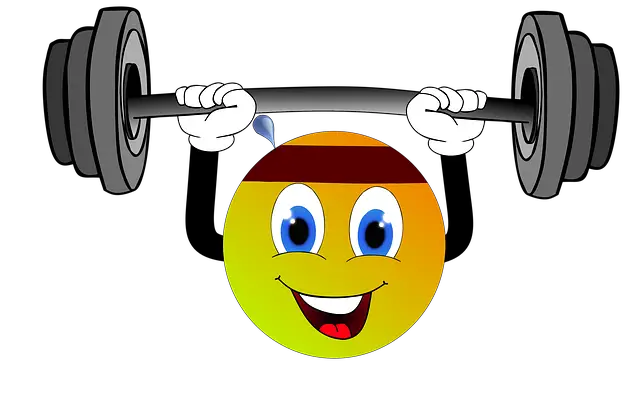
You will burn more fat when you combine strength training sessions with your intermittent fasting diet. In a study to investigate the effects of time-restricted feeding during strength training sessions in active male adults, consuming food for eight hours reported a decrease in fat mass, maintenance of fat-free mass and strength, increase in adiponectin, and reduced leptin production. There was also a decrease in the respiratory ratio.
Adiponectin is a hormone produced by your fat cells to reduce inflammation, and deposition of fat in your arteries and enhance cell insulin sensitivity.
Leptin, produced by adipose cells, regulates fat storage and appetite. High insulin levels stimulate production of leptin to suppress your appetite. When you work out, insulin levels drop because of increased cell sensitivity to insulin, leading to decreased leptin production. Lower leptin levels trigger a hunger response in the body.
Another study investigating the effects of fasted workouts in physically active male adults resulted in the maintenance of muscle mass in a group that practiced time-restricted feeding. Although, the control group who didn’t fast but underwent weight training experienced a gain in muscle mass.
Fasting could be a good thing when you are trying to lose weight but may be an issue when trying to build muscle. Intermittent fasting for a prolonged period without monitoring your caloric intake may not be ideal for meeting your fitness goals, especially when lifting weights.
When insulin levels drop due to inadequate blood sugar levels, the body can start breaking down muscles for energy. Fasting for prolonged periods means an increase in the breakdown of muscle protein. Carbs intake can lower the breakdown of muscles but could increase inflammation in the body.
For athletes practicing strength training, more research is needed before recommending intermittent fasting to them due to muscle breakdown issues.
High-Intensity Interval Training and Intermittent Fasting
Research investigating the effects of intermittent fasting and other calorie-restrictive diets and high-intensity workout on obese individuals reported weight loss and reduced systolic blood pressure. However, this study claimed an overestimation of results due to high dropout rates.
The decline in dietary adherence to IF on high-intensity workouts shows that it is difficult to sustain this lifestyle. Intense workouts may burn more fat and calories, but they require more commitment before reaping their potential health benefits. Pairing your high-intensity activities with IF is not a feasible idea because of the nutrition demands of these workouts that fasting cannot meet, which can make you feel weak.
Low-Intensity Workouts and Intermittent Fasting
To answer your question low intensity workouts are the best while intermittent fasting. This is because a cardio session involving jogging, walking, yoga, running, and Pilates runs primarily on fat. Aerobic exercise is your best bet.
Research on the effects of intermittent fasting in low-fitness obesity showed a higher weight loss in low-capacity runners compared to high-capacity ones due to differential fat loss. On fasting days, the rate of activity was lower than on fed days. Fasted cardio on IF prevented weight gain for over a year and results were maintained.
Is It Okay to Lift Weights on an Empty Stomach?
Yes, it is perfectly okay and safe. This is because your muscles are not built during a training session. Protein synthesis does not occur when muscles contract, so during exercise, no muscle protein is produced.
Research suggests that the production of proteins in the muscle is enhanced after exercise, especially resistance exercise, yet may remain the same or reduce during exercise. The evidence proves that the rate at which muscle protein is produced increases by 50%, 4 hours after exercise.
With this said, you do see why working out on an empty stomach isn’t an issue.
Try scheduling your workout to fit the last hour or two of your fasting window, and set your eating window after your workout. Your eating habits will determine muscle healing after the workout. Ensure you consume adequate proteins, so your body has enough to kickstart the building process.
One thing that is important to take note of is the intensity of your workout. It may be challenging to perform intense workouts on an empty stomach. Though working out on an empty stomach could help your body burn fat in storage, high-intensity workouts can force your body to start breaking down muscle for energy.
This is because these exercises are fueled by carbs. Get high-calorie, balanced, whole, and unprocessed foods to help fuel your strenuous workout, so you don’t end up breaking down muscle instead of building them.
Keto Fasting and Working Out
The fast keto diet or speed keto is a hybrid between intermittent fasting and the ketogenic diet. Speed keto’s benefits include increased weight loss, reduced risk of chronic disease, improved insulin resistance, and symptoms of non-alcoholic fatty liver disease (NAFLD).
On speed keto, you are expected to start with the ketogenic diet before introducing intermittent fasting. Once your body has fully adapted to using fats, as seen by the subsiding of keto flu symptoms and mental fog, only then can you start fasting.
You have to be careful with speed keto, start slow and build gradually. Consider starting with the 14:10 IF diet on your eating schedule, then build to alternate-day fasting. Before changing your diet to keto, speak to your doctor to get approval.
What to Do to Make Your Intermittent Fasting Exercise Effective
The Perfect Workout Schedule
The perfect intermittent fasting workout plan does not exist. The fact that the 16:8 mode of fasting paired with aerobic exercise worked for your friend, may not work for you. Keep experimenting with different combinations until you find something that works best for you.
Your workout plan should complement your eating schedule. Don’t do a high-intensity workout on your fasting days and relax on your fed days. There has to be harmony between your two weight loss plans.
Listen to Your Body
In light of choosing what’s best for you, the best way to do that is to listen to your body. No one knows what you need more than your body, so listen to it. As I mentioned earlier, before introducing fasting, ensure your body is well-adapted to ketosis.
High-intensity workouts use carbs for fuel while cardio sessions use fat. Pick the type of exercise best suited to your diet as well. Cardio goes hand in hand with a ketogenic diet since it is high in fat. This is what your body needs, therefore that’s what you should give it.
Exercise and Calorie Balance
This is where meal timing comes into play. What you eat and how much you eat when exercising play a major role in your weight loss. Eating your pre-workout meal before an intense workout session ensures your body has spare energy in your glycogen stores.
Your pre-workout meal should be light but nutrient-dense, rich in proteins, low in starchy foods, and high in fats. This way even if your glycogen stores are depleted your body can switch to using dietary and stored fat.
A high protein meal is necessary, 30 minutes post-workout, to help repair and build muscles. After a training session, its good to use 0.25 g to 0.3 g of protein per pound of body weight (10g to 15 g of protein per kilogram of body weight).
The quality of your proteins and fat will hasten the recovery process. Sip on a protein shake with nuts and high-fat dairy products on your walk home from the gym. Incorporate eggs, poultry, fresh meat and seafoods into your intermittent fasting diet because they are the best proteins for muscle building.
Take note of the fact that plant-based protein are high in carbs that can kick you out of ketosis, reducing fat oxidation.
Hydration
Fluids should be the way to your heart, whether it is water, juice, smoothies, or soup. This is because you lose water and electrolytes when exercising which need to be replenished. Moreover, ketosis increases the risks of dehydration since there’s an increased loss of water when your body is excreting ketones through urine.
Sports drinks, carbonated drinks, and artificial juices are not recommended because they are high in sugars which will spike insulin levels. Sugars are simple carbs, which when in excess are stored as fat, increasing weight gain.
A better alternative to these are electrolyte juice poweders made for the keto diet. Why are these healthier? They are sweetened with stevia and flavored with natural organic flavors which won’t affect your blood insulin or sugar levels.
Is Intermittent Fasting Good If You Work out in the Morning?
To be honest, the best time to work out is highly dependent on how you feel during the exercise and the type of exercise you do. If you’re feeling too tired to go through the exercise then high chances are you’re not doing it at the right time.
Pick the time of day when you feel most energetic when working out. Most people prefer exercising in the morning because it promotes circulation and is a great pump of energy to kickstart your day.
However, doing cardio exercises in the morning before your fasting window, depletes your glycogen stores, causing hypoglycemia which is characterized by light-headedness and hunger.
Only do cardio in the morning if you have already adapted to high levels of fitness. If not, you are better off doing it right before your meal, or during your eating window.
Working out after your last meal of the day is better since you have enough energy and glycogen in storage to fuel your exercise. Research has shown that you can burn a little more fat if you exercise a few hours before your bedtime due to sleep cycles.
Working out in the evening has been associated with reduced insomnia, better-sleeping patterns, and longer uninterrupted sleeping hours.
Add creatine supplements to your diet to help boost recovery and build muscle mass.
Parting Shot
The best way to ensure the success of your intermittent fasting workout is to listen to your body, building gradually and taking it easy on yourself. Don’t make any dietary changes without consulting your nutritionist. They are in the best position to help you find the plan that best suits you.
If you are pregnant, diabetic, have a child, or have an eating disorder, I wouldn’t recommend fasted exercise. Because of your specific or increased nutritional needs, this practice may negatively affect your health.
With everything said and done, what type of IF do you follow? Which level of intensity do you combine your fast with? Are you a morning or evening exerciser? Let us know in the comment section below!

